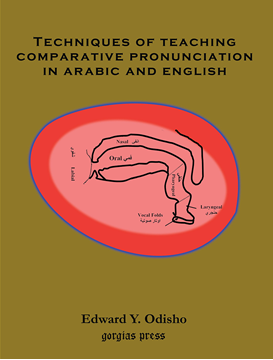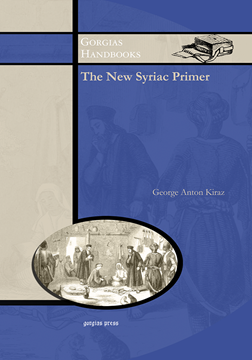Bible Places; or The Topography of the Holy Land
ISBN: 1-59333-142-8
This book aims to provide a brief, yet very informative description of every Holy Land site mentioned in the Bible. Relying on the extensive research of the Palestinian Exploration Fund, Tristram's work afforded a new and vividly descriptive perspective on the Holy Land.
$184.00 (USD)
'The Blessed City'
By J. B. Segal
ISBN: 1-59333-193-2
This book describes events at Edessa, largely through contemporary accounts and incorporates much new material, notably six mosaics found by the writer between 1952 and 1959.
$159.00 (USD)
Mandaic Incantation Texts
ISBN: 1-59333-192-4
This is a revision of E.M. Yamauchi's dissertation. It includes a collection of the earliest Mandaic texts, which are magic scrolls and inscribed bowls, dating from about 600 CE, together with transcriptions and translations, a grammar, and a lexicon.
$190.00 (USD)
The Holy Spirit in Origen's Commentary on the Epistle to the Romans
ISBN: 1-59333-149-5
This book, on the pneumatology of Origen's Commentary on the Epistle to the Romans, illustrates the centrality of the Holy Spirit for his theological project. As both God's exitus into the world and humanity's reditus to God, the Spirit forms the crucial link between Origen's doctrine of God and his spiritual anthropology. Origen's images for the Holy Spirit, understood in the context of second century concepts of 'spirit,' convey the intersection of theology and anthropology in his thought. This book explores Origen's understanding of the multiplicity of spirits found in the Scriptures, with particular emphasis on the Holy Spirit as pivotal to God's outreach into the world.
$145.00 (USD)
Formation of Apostolic Succession of Bishops in Ecclesiastical Crises
ISBN: 1-59333-194-0
Early lists of bishops, identified by Walter Bauer as "literary propaganda," mark critical points in the development of the doctrine of the apostolic succession of bishops. This study delves into the political struggles surrounding the lists and the doctrine they served to define. Ecclesiastical politics in each case reflects the threat to the bishop's authority and clarifies the meaning of apostolic succession in the Church's development. This social history approach, examining the function of the literature within its historical circumstances, reveals how theology developed from politics. The development is as gripping politically as it is illuminating theologically.
$154.00 (USD)
Foundations for Syriac Lexicography I
Colloquia of the International Syriac Language Project
Edited by Dean Forbes & David G.K. Taylor
Series: Perspectives on Syriac Linguistics 1
ISBN: 1-59333-138-X
This volume is the first in a series of collected essays that addresses issues of Syriac linguistics as they relate to a contemporary approach to lexicography. The international team of authors invited to participate represents a wide range of disciplines and opens new horizons in lexical thinking. Special emphasis is placed on the role that technology has, does, and will play in the evolving field of lexicography.
$145.00 (USD)
The Book of Common Prayer [shhimo] of the Syrian Church (Hardback)
ISBN: 1-59333-246-7
A translation (from the Syriac) of the West Syriac Daily Offices, known as the book of shhimo.
$177.00 (USD)
Techniques of Teaching Comparative Pronunciation in Arabic and English
ISBN: 1-59333-272-6
The book is designed for Arabic-speaking students of English and English-speaking students of Arabic. It is based on a cognitive approach to teaching pronunciation. As a general demonstration of the approach, the book highlights techniques for teaching some of the most challenging sounds and sound phenomena in both Arabic and English.
$131.00 (USD)
Techniques of Teaching Comparative Pronunciation in Arabic and English
ISBN: 1-59333-173-8
The book is designed for Arabic-speaking students of English and English-speaking students of Arabic. It is based on a cognitive approach to teaching pronunciation. As a general demonstration of the approach, the book highlights techniques for teaching some of the most challenging sounds and sound phenomena in both Arabic and English.
$77.00 (USD)
The New Syriac Primer, 2nd Edition
Series: Gorgias Handbooks 9
ISBN: 978-1-59333-325-6
A truly useful introduction to the Syriac language is a rare find. This practical initiation to the study of this ancient language of the Christian church speaks with clarity and authority. A fruitful integration of scholarly introduction and practical application, this primer is more than a simple grammar or syntactic introduction to the language. Writing in a style designed for beginners, Kiraz avoids technical language and strives for a reader-friendly inductive approach. Readings from actual Syriac texts allow the student to experience the language first hand and the basics of the grammar of the language are ably explained. The book comes with downloadable material so that readers may listen to all reading sentences and text passages in the book.
$48.00 (USD)
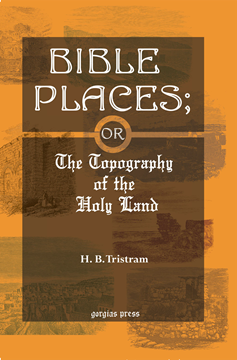


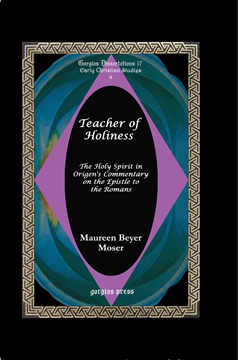
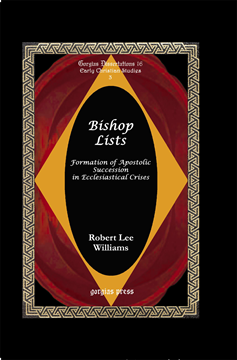
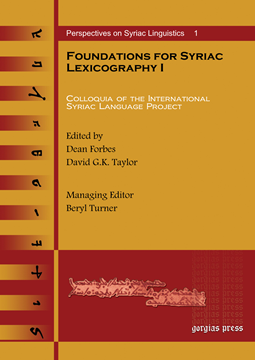
![Show details for The Book of Common Prayer [shhimo] of the Syrian Church (Hardback) Picture of The Book of Common Prayer [shhimo] of the Syrian Church (Hardback)](https://gorgiaspress.com/images/thumbs/0012868_the-book-of-common-prayer-shhimo-of-the-syrian-church-hardback_360.png)

